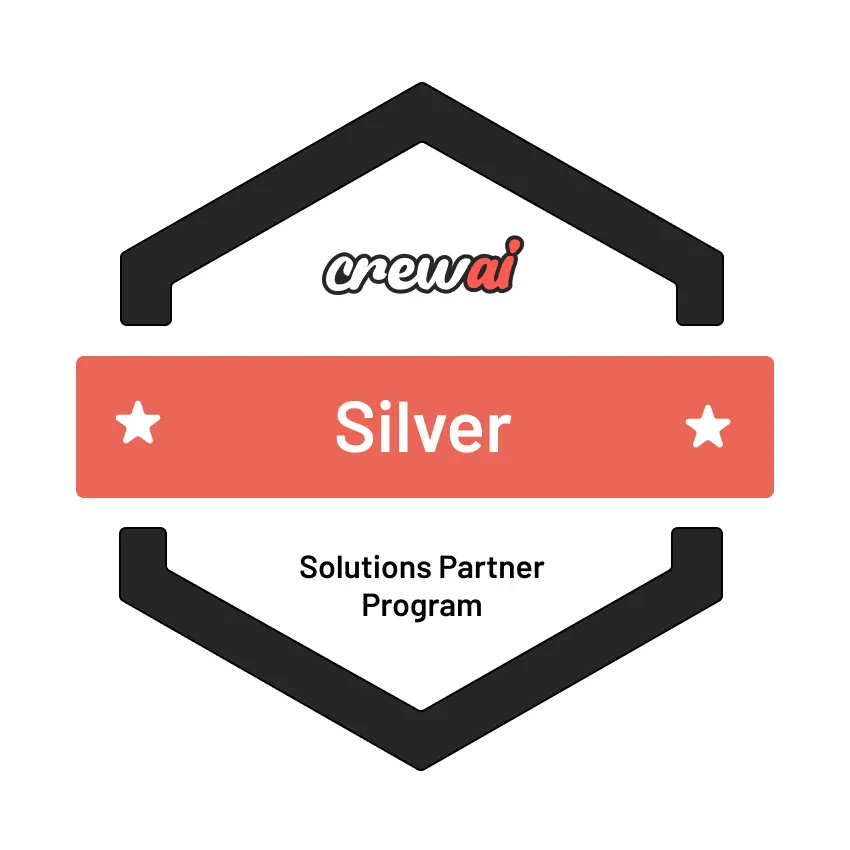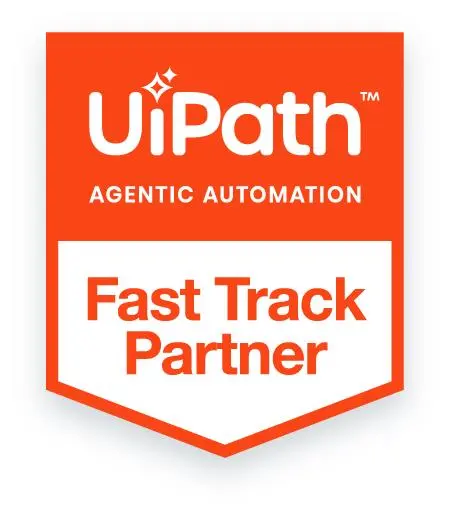
As businesses evolve, the need for increased efficiency and reduced manual effort has led to the adoption of various technological advancements. Among these, automation and hyper-automation stand out as two key strategies that significantly transform operations. While both aim to enhance productivity, their scope and sophistication differ. Auxiliobits will let you understand the distinctions between automation and hyper-automation services, highlighting their unique characteristics, benefits, and how businesses can leverage these technologies to stay competitive.
Understanding Automation
Automation is the process of using technology to carry out tasks without the need for human interaction. This approach primarily focuses on automating individual, repetitive tasks using tools like Robotic Process Automation (RPA). RPA is designed to handle specific processes, such as data entry, invoice processing, and customer support, that require minimal decision-making. By automating these operations, businesses can save time, cut down on errors, and free up staff to work on more strategic responsibilities.
Key Features of Automation
- Task-Oriented
Automation is typically implemented to handle discrete tasks, improving efficiency in specific areas of operation.
- Tool-Specific
It relies on specific tools tailored to the tasks at hand, making it a targeted approach to process improvement.
- Limited Scope
Automation usually affects individual processes or departments rather than entire organizations.
Delving into Hyperautomation
Hyperautomation, on the other hand, goes beyond basic task automation. It involves integrating multiple advanced technologies, including artificial intelligence (AI), machine learning, and RPA, to create a comprehensive automation strategy. Hyperautomation services are designed to automate end-to-end processes across the organization, enabling intelligent decision-making and more sophisticated operations.
Key Features of Hyperautomation
- Comprehensive Approach
Hyperautomation seeks to automate everything within an organization, providing a holistic solution rather than focusing on isolated tasks. - Advanced Technologies
It employs AI and machine learning to enhance automation, enabling systems to learn and adapt over time, thereby improving efficiency and accuracy.
Scalability
Hyperautomation is scalable across various departments and functions, creating an interconnected ecosystem of automated processes.
The Blurring Line Between Automation and Hyperautomation
As AI continues to evolve, the line between automation and hyper-automation is becoming increasingly blurred. The widespread adoption of generative AI tools like ChatGPT and Copilot has expanded what can be automated, bringing businesses closer to hyperautomation. These tools are now integrated into automation systems, enhancing their capabilities and allowing for more complex and intelligent operations.
While automation focuses on individual tasks, hyper-automation scales these efforts, integrating various technologies to handle complex processes comprehensively. Gartner’s prediction that hyper-automation would become an unavoidable market state is proving true as more businesses adopt these advanced tools and technologies.
A Continuum Rather Than a Binary State
Rather than viewing automation and hyper-automation as binary states, it is more useful to think of them as points on a continuum. Businesses progress along this scale by gradually integrating more sophisticated AI tools into their operations over time. Few organizations operate solely with ‘automation only’; most are incorporating AI and machine learning into their technologies and systems, thereby moving toward hyper-automation.
This gradual progression allows businesses to build on their existing automation strategies, enhancing them with advanced technologies to achieve more comprehensive and intelligent automation. As a result, companies can address a broader range of processes and challenges, driving innovation and growth.
Differences Between Automation and Hyperautomation
To further clarify the distinctions between automation and hyper-automation, let’s compare them across five key parameters-
| Parameter | Automation | Hyperautomation |
| Technologies Required | Relies on specific automation tools designed for tasks | Utilizes a blend of AI, machine learning, and RPA for comprehensive automation |
| Sophistication of Technology | Involves task-oriented automation with tools like RPA. | Employs sophisticated AI-based process automation for complex operations. |
| Outcome | Aims for efficient task completion | Integrates AI and machine learning to create operations that are smarter and more efficient. |
| Degree of Coverage | Focuses on automating relevant processes. | Seeks to automate all possible processes across the organization. |
| Scope | Conducted from a single platform. | Involves an ecosystem of platforms, systems, and technologies. |
Getting Started with Hyperautomation
To successfully implement hyper-automation services, businesses must approach the process strategically, considering both their current state and future goals. Here’s how to get started-
- Assess Current Processes
Begin by conducting a thorough business and process analysis to identify tasks and processes that can benefit from automation. Look for places that require a lot of manual labor, make mistakes frequently, or take a long time. - Set Clear Objectives
Define what you aim to achieve with hyper-automation. Whether it’s reducing operational costs, increasing productivity, or enhancing customer satisfaction, setting clear goals will guide your efforts. - Select the Right Tools and Technologies
Research and evaluate various hyper-automation services and tools. Prioritize those that offer scalability, ease of use, and robust interoperability with your existing systems. - Pilot and Iterate
Start with a pilot project to test the chosen tools and technologies on a small scale. Use feedback to refine your approach before broader implementation. - Invest in Training and Change Management
Ensure that your workforce is equipped to handle new automation tools through training programs. Communicate the benefits of hyper-automation to your team to foster a smooth transition. - Scale and Integrate
Once the pilot project is successful, gradually scale your automation efforts across the organization. Ensure each new implementation is well-integrated with existing processes.
Monitor and Optimize
Review your hyper-automation initiatives regularly to ensure they are delivering the expected ROI. Use data analytics to gain insights and identify areas for further optimization.
Conclusion
In the rapidly evolving business landscape, the adoption of hyper-automation services is becoming increasingly essential. While automation provides a solid foundation by streamlining individual tasks, hyper-automation builds on this by integrating advanced technologies to create a comprehensive, intelligent automation strategy. By progressing along the continuum from automation to hyper-automation, businesses can enhance their operations, improve efficiency, and stay competitive in a fast-paced market.
At Auxiliobits, we specialize in providing top-notch hyper-automation services tailored to meet your specific business needs. Our solutions are designed to help you conduct a thorough business and process analysis, enabling you to identify key areas for automation and implement strategies that drive growth and innovation.
Partner with Auxiliobits to transform your business processes, achieve significant productivity gains, and stay ahead in the automation race.








